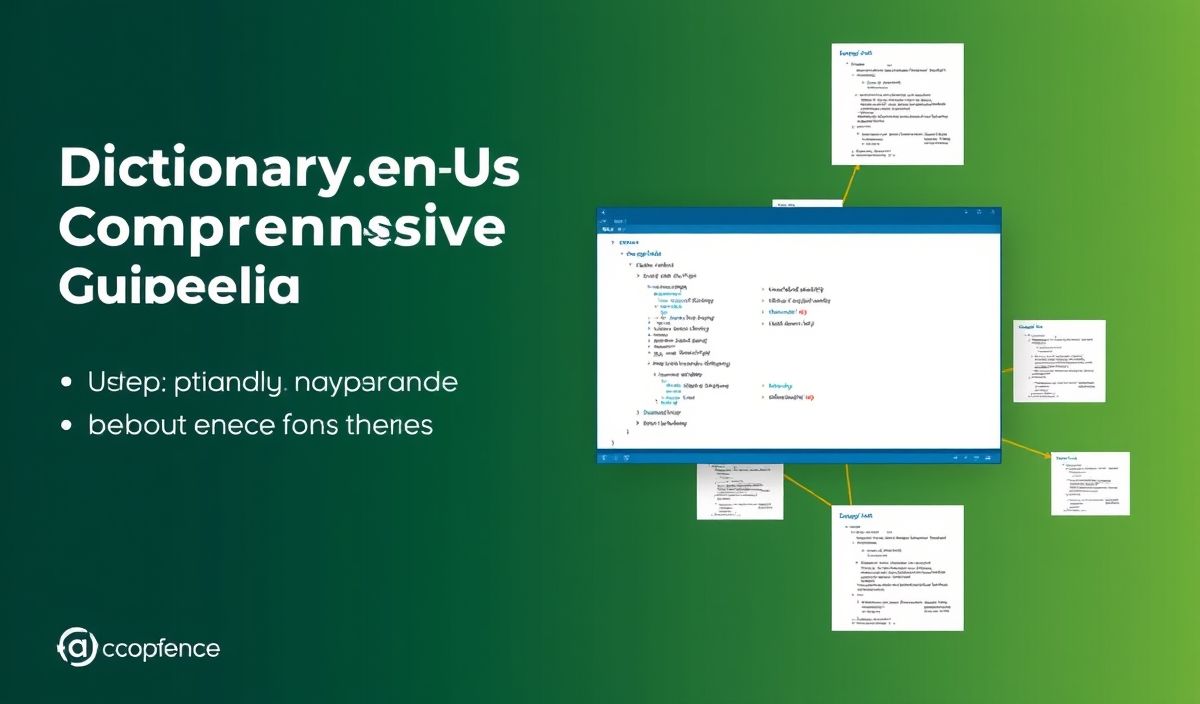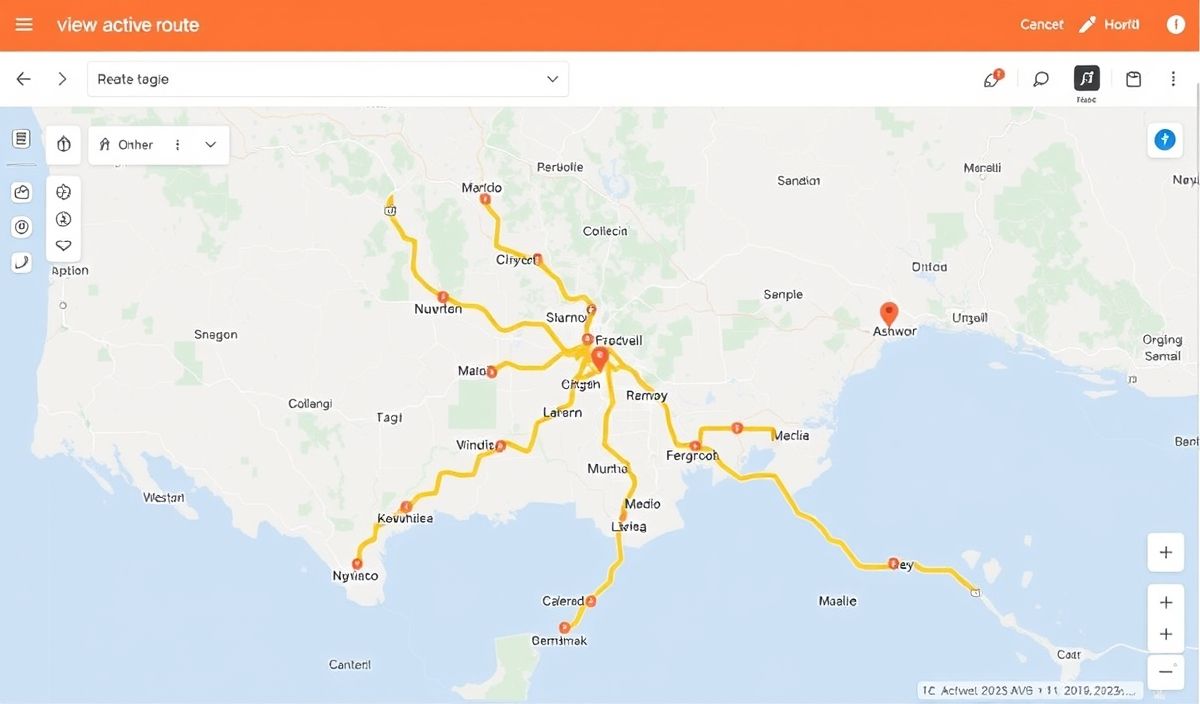The Lamassu, also spelled Lamassus, are mystical beings from ancient Mesopotamian mythology, typically depicted as colossal statues with the body of a bull or lion, wings, and the head of a human. Beyond their ancient significance, Lamassu also signifies a robust API framework for modern software development. This article delves into the heritage of Lamassu and elucidates its various APIs with useful code snippets that can guide both novice and experienced developers.
Introduction to Lamassu
Lamassu is an API framework designed to streamline the development and integration of advanced functionalities into your application. It is known for its flexibility, scalability, and ease of use, making it a prime choice for many developers. Below are some essential APIs and examples of how to use them:
Authentication API
curl -X POST https://api.lamassu.com/authenticate \
-H "Content-Type: application/json" \
-d '{
"username": "your_username",
"password": "your_password"
}'
This API handles user authentication, returning a token upon successful login, which can be used for subsequent requests.
Data Fetch API
curl -X GET https://api.lamassu.com/data \
-H "Authorization: Bearer your_token"
Retrieve application data with authentication using your token.
Create Resource API
curl -X POST https://api.lamassu.com/resources \
-H "Authorization: Bearer your_token" \
-d '{
"name": "Resource Name",
"type": "Resource Type"
}'
Create a new resource by providing the necessary details.
Update Resource API
curl -X PUT https://api.lamassu.com/resources/resource_id \
-H "Authorization: Bearer your_token" \
-d '{
"name": "Updated Resource Name"
}'
Update an existing resource by specifying the resource ID and new details.
Delete Resource API
curl -X DELETE https://api.lamassu.com/resources/resource_id \
-H "Authorization: Bearer your_token"
Delete an existing resource by specifying the resource ID.
Application Example
Creating a basic resource management application using the Lamassu APIs. Below is a simple Node.js example:
const axios = require('axios');
const API_URL = 'https://api.lamassu.com';
let token = '';
async function authenticate() {
const response = await axios.post(`${API_URL}/authenticate`, {
username: 'your_username',
password: 'your_password'
});
token = response.data.token;
}
async function fetchData() {
const response = await axios.get(`${API_URL}/data`, {
headers: { Authorization: `Bearer ${token}` }
});
console.log(response.data);
}
async function createResource(name, type) {
const response = await axios.post(`${API_URL}/resources`, {
name,
type
}, { headers: { Authorization: `Bearer ${token}` } });
console.log(response.data);
}
async function updateResource(id, name) {
const response = await axios.put(`${API_URL}/resources/${id}`, {
name
}, { headers: { Authorization: `Bearer ${token}` } });
console.log(response.data);
}
async function deleteResource(id) {
const response = await axios.delete(`${API_URL}/resources/${id}`, {
headers: { Authorization: `Bearer ${token}` }
});
console.log(response.data);
}
// Example usage
async function main() {
await authenticate();
await fetchData();
await createResource('New Resource', 'Type A');
await updateResource('resource_id', 'Updated Resource');
await deleteResource('resource_id');
}
main();
In this example, the Lamassu API facilitates resource management, including authentication, data fetching, creation, updating, and deletion of resources.
Hash: 648d6a1acb45bb9ebfc5b642aba10b95ed299bc4323e7b9d0bfb3317502cb972




